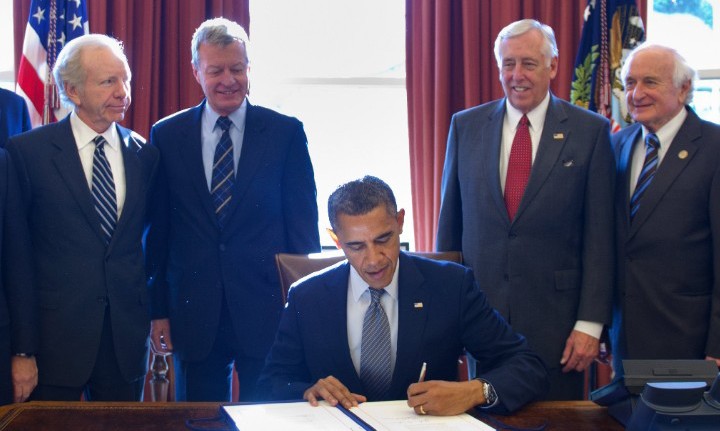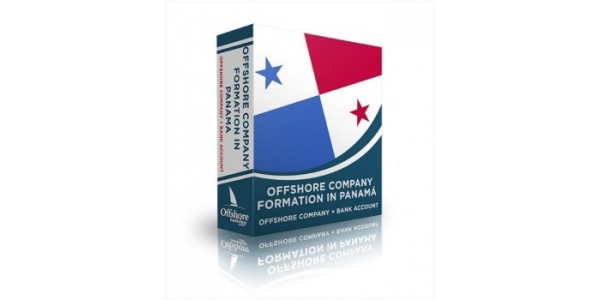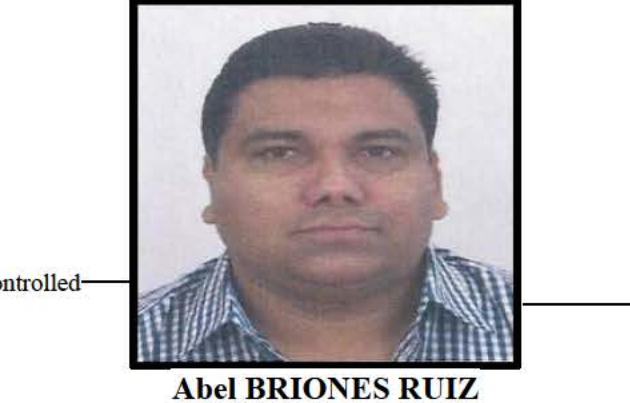Legal Limbo for Magnitsky Designees?

President Obama signs the original Magnitsky Act
On January 28, Senators Benjamin Cardin and John McCain reintroduced S.284 the “Global Magnitsky Human Rights Accountability Act.” At its most basic, the legislation would expand from original Magnitsky Act to make sanctionable acts of significant corruption, with no geographic limitation. Pretty straightforward. The question is what do you do if you’re designated under either of the Acts Magnitsky?
Under most U.S. sanctions programs, designees wishing to be removed from the list of Specially Designated Nationals and Blocked Persons (SDN List) follow the procedures outlined in 31 C.F.R. 501.807. Pursuant to this section,
“A person blocked under the provisions of any part of this chapter… may submit arguments or evidence that the person believes establishes that insufficient basis exists for the designation. The blocked person also may propose remedial steps on the person’s part, such as corporate reorganization, resignation of persons from positions in a blocked entity, or similar steps, which the person believes would negate the basis for designation… this submission must be made in writing and addressed to the Director, Office of Foreign Assets Control”
The problem is that it’s not immediately clear that Magnitsky designees are blocked under 31 C.F.R. Chapter V. There are no “Magnitsky Sanctions Regulations” and the act itself states at §404(d) that it is the President who holds the power to remove designations and contains different criteria from other sanctions programs.
1) Credible information exists that the person did not engage in the activity for which the person was added to the list; (2) the person has been prosecuted appropriately for the activity in which the person engaged; or 3) the person has credibly demonstrated a significant change in behavior, has paid an appropriate consequence for the activities in which the person engaged, and has credibly committed to not engage in the types of activities specified in paragraphs (1) through (3) of subsection (a).
The same criteria are present in the draft Global Magnitsky Act.
However, if you have been designated, contacting the White House probably would not get you very far.
On April 5, 2013 the President issued a memorandum delegating his removal authority under §404(d) to the Secretary of the Treasury. However unless you are an unusually diligent reader of the Federal Register, you wouldn’t know this as there is no mention of it on Treasury’s website. Given that a designee wishing to have his designation removed would need to undertake actions that are unquestionable in the foreign policy interests of the United States, Treasury might want to make it clear where they should apply. It’s also an open question why Treasury has yet to publish Magnitsky Act regulations.
The situation is actually almost identical to reconsideration of Tier I Kingpins designated under the Foreign Narcotics Kingpin Designation Act. The President rather than the Secretary of the Treasury designates Tier I Kingpins. Astoundingly, the delegation of removal authority for Tier I designations was issued only in June 2013, despite the fact that the legislation was passed in 1999. This is likely due to the Zevallos v. Obama suit challenging a Tier I Kingpin designation, which was filed in March 2013.
We’re unaware if there is any Magnitsky-related litigation pending, if you know of any please email me at cutler@ferrariassociatespc.com.



